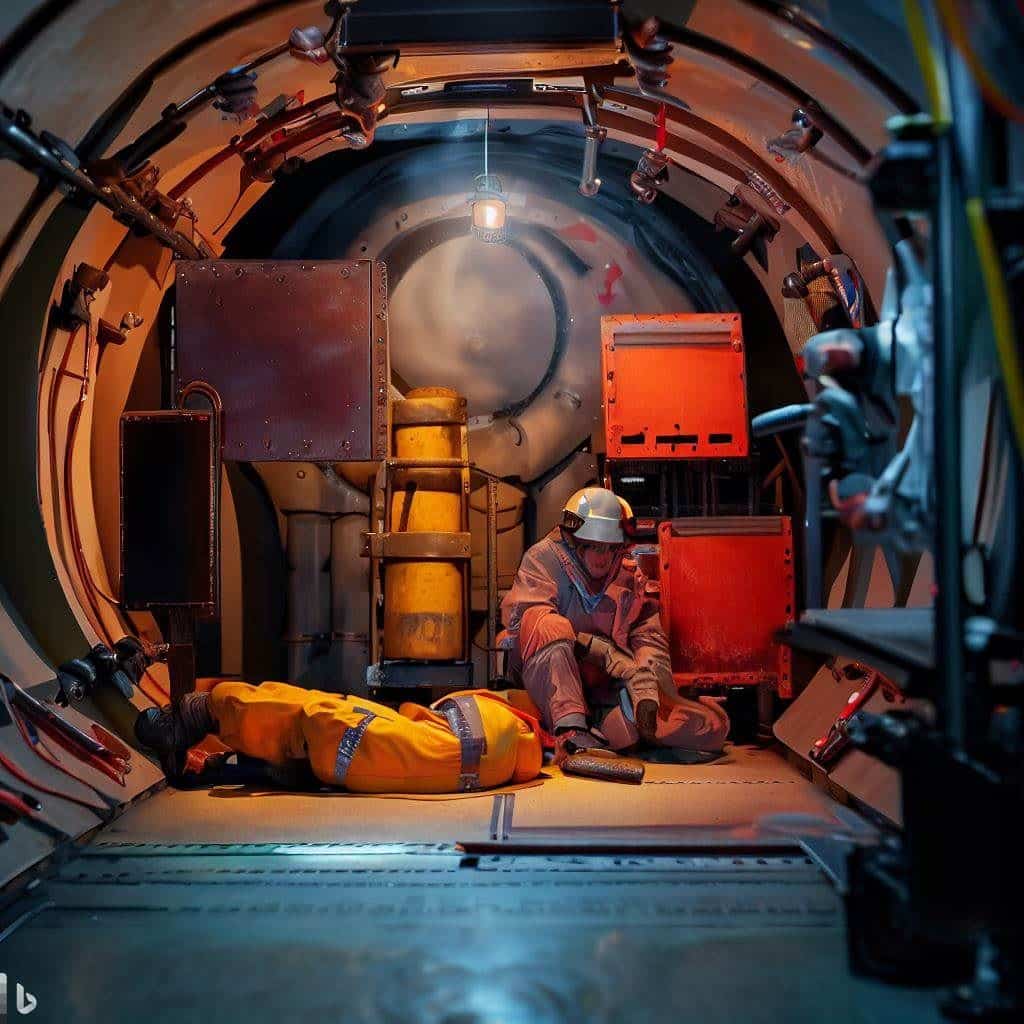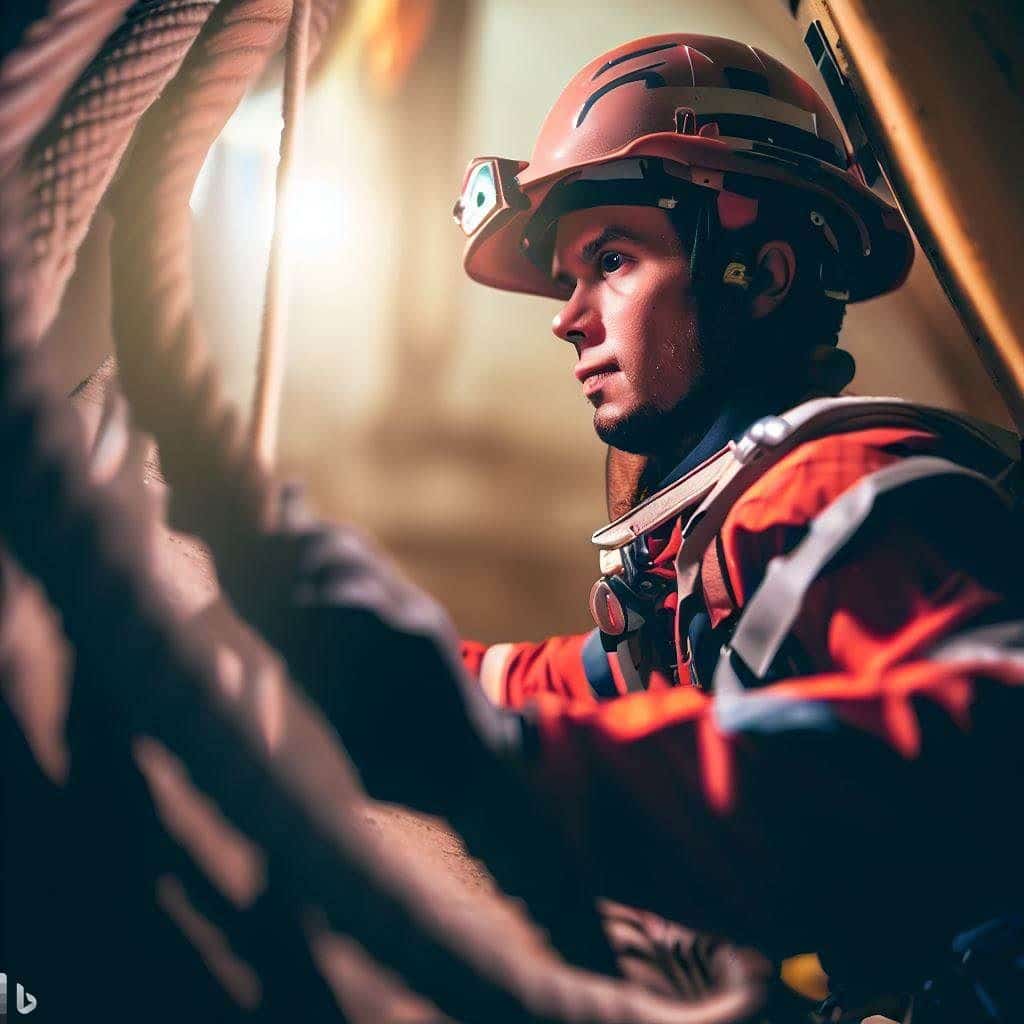Improving Safety Standards: A Comprehensive Guide to Confined Space Rescue Training Scenarios
The concept of confined space rescue is not new, but its importance and recognition have grown significantly in recent years. As an experienced professional in the field, I understand the gravity and complexity of these operations. Confined spaces often present unique challenges not found in open environments. These locations may have limited access and egress, restricted movement, or even potential hazards such as hazardous substances or dangerous machinery.
Over the years, I have seen countless incidents where situations escalated due to a lack of proper knowledge and training. I realized that improving our rescue training scenarios solves these problems. This article aims to provide an in-depth look into confined space rescue training scenarios and how they can improve safety standards.
Understanding the Importance of Safety Standards in Confined Space Rescue
Safety standards are the bedrock of any rescue operation. They provide the framework that ensures all actions are efficient, effective, and safe. Safety standards in confined space rescue operations take on an even greater significance due to the inherent risks involved. The safety standards for confined space rescue are multifaceted, covering everything from the initial assessment of the confined space to the rescue equipment used.
These standards are not static; they evolve, reflecting new learnings, technologies, and best practices. Adherence to safety standards is not merely a regulatory requirement but a moral and ethical obligation. The lives of the rescuers and the person in distress depend on these standards. Therefore, it is essential to improve and update them continuously.

What is Confined Space Rescue Training?
Confined space rescue training is a specialized training designed to prepare individuals to safely and effectively respond to emergencies in confined spaces. It includes theoretical knowledge, practical skills, and, most importantly, the ability to apply this learning in real-world scenarios.
The training covers various topics, including hazard identification, risk assessment, rescue equipment, emergency procedures, and communication protocols. The goal is to equip rescuers with the knowledge and skills to perform their duties safely, efficiently, and effectively.
Despite its importance, confined space rescue training is often overlooked or underprioritized. This is a grave mistake, as the stakes in confined space rescue are incredibly high. Without proper training, rescuers may fail to save the person in distress and put their own lives at risk.
The Fundamentals of Confined Space Rescue Training Scenarios
Confined space rescue training scenarios are critical to confined space rescue training. They provide a controlled environment where trainees can apply their knowledge and skills, learn from their mistakes, and improve their performance.
The training scenarios should be diverse, simulating different types of confined spaces and potential hazards. This could include scenarios with limited visibility, hazardous substances, or physical obstructions. The complexity of the scenarios should also vary, allowing trainees to build their skills and confidence progressively.
Above all, the training scenarios should be realistic. They should accurately reflect the conditions and challenges that rescuers might face in real-world operations. This realism is essential for effective learning and preparation.
Benefits of Implementing Confined Space Rescue Training Scenarios
Implementing confined space rescue training scenarios has numerous benefits. Firstly, it enhances the trainees’ understanding of the theoretical concepts. By applying these concepts in practical scenarios, trainees can see their relevance and importance, reinforcing their learning.
Secondly, training scenarios improve the trainees’ practical skills. With repeated practice, trainees can develop their proficiency in using rescue equipment, performing rescue techniques, and following emergency procedures.
Thirdly, training scenarios build the trainees’ decision-making abilities. In a rescue operation, decisions need to be made quickly and accurately. By facing different scenarios and challenges, trainees can hone their decision-making skills and learn to think independently.
Common Confined Space Rescue Training Scenarios
Several common confined space rescue training scenarios are often used in training programs. These include scenarios involving silos, tanks, pipes, vaults, and tunnels. Each of these scenarios presents its own unique challenges and learning opportunities.
For example, a silo rescue scenario might involve rescuing a worker trapped in grain. This scenario would require trainees to understand the risks of grain engulfment, use specialized rescue equipment, and follow a specific rescue procedure.
Similarly, a tunnel rescue scenario might involve rescuing a worker who hazardous gases have overcome. This scenario would require trainees to understand the risks of confined space atmospheres, use gas detection equipment, and implement ventilation strategies.
Advanced Confined Space Rescue Training Scenarios
Advanced confined space rescue training scenarios are designed to challenge experienced rescuers and push their skills to the limit. These scenarios often involve complex confined spaces, multiple casualties, and severe hazards.
For example, an advanced scenario might involve a collapsed tunnel with multiple trapped workers and a risk of further collapse. This scenario would require rescuers to use advanced techniques, work as a coordinated team, and make critical decisions under extreme pressure. These advanced scenarios are not for the faint-hearted. However, they are invaluable in preparing rescuers for the most challenging and high-stakes operations.
Safety Measures in Confined Space Rescue Training Scenarios
Safety is paramount in confined space rescue training scenarios. All scenarios should be designed and conducted with the utmost regard for safety. This includes ensuring the training environment is safe, the equipment is in good working order, and the trainees are physically and mentally prepared.
Before each scenario, a risk assessment should be conducted to identify any potential hazards and implement appropriate control measures. During the scenario, trainers should closely monitor the trainees and intervene if necessary. After the scenario, a debriefing should be held to discuss any safety issues and lessons learned.

Case Studies of Confined Space Rescue Training Scenarios
The value of confined space rescue training scenarios can be seen in numerous case studies. These case studies demonstrate how the training scenarios have prepared rescuers for real-world operations, improved their performance, and ultimately saved lives.
One such case study involves a sewer rescue operation in a major city. The rescuers had recently completed a training scenario simulating a sewer rescue, which involved navigating tight spaces, dealing with hazardous gases, and performing a complex extraction. When they faced a similar situation in real life, they were able to apply their training and successfully rescue the trapped worker.
Conclusion: The Future of Safety Standards and Confined Space Rescue Training Scenarios
The future of safety standards and confined space rescue training scenarios looks promising. Technological advancements can create even more realistic and challenging training scenarios. With increased awareness and commitment, we can ensure more rescuers receive the training they need.
However, we should not become complacent. We must continuously review and improve our training scenarios, learn from our experiences, and strive for excellence. The lives of our rescuers and those they seek to save depend on it.
Frequently Asked Questions:
What is confined space rescue?
Confined space rescue is the process of rescuing workers who are trapped or injured in a confined space. Confined spaces are not designed for continuous human occupancy and have limited access and egress. Examples of confined spaces include tanks, silos, sewers, and tunnels.
What is confined space rescue training?
Confined space rescue training is specialized training that prepares rescuers to perform rescues in confined spaces safely. The training covers everything from the initial assessment of the confined space to the rescue equipment used.
Why is confined space rescue training important?
Confined spaces often present unique challenges not found in open environments. These locations may have limited access and egress, restricted movement, or even potential hazards such as hazardous substances or dangerous machinery. Proper training ensures that rescuers can perform their duties safely and efficiently.
What are some of the safety standards for confined space rescue?
The safety standards for confined space rescue are multifaceted and cover everything from the initial assessment of the confined space to the rescue equipment used. These standards are not static; they evolve, reflecting new learnings, technologies, and best practices.
Why is adherence to safety standards important in confined space rescue?
Adherence to safety standards is not merely a regulatory requirement but a moral and ethical obligation. The lives of the rescuers and the person in distress depend on these standards. Therefore, it is essential to improve and update them continuously.
